Forget the mighty thundering oceans, lakes are the entities that show off water’s most mesmerizing qualities the best. From crystal clear clarity, to the vivid vibrancy of hundreds of different hues and colours, these self-contained fresh and saltwater expanses are found right across the planet, even in Antartica. Representing such great diversity, from the littlest of inland lochs to the biggest saline-soaked ‘seas’, here are 10 of the most fascinating lakes on earth.
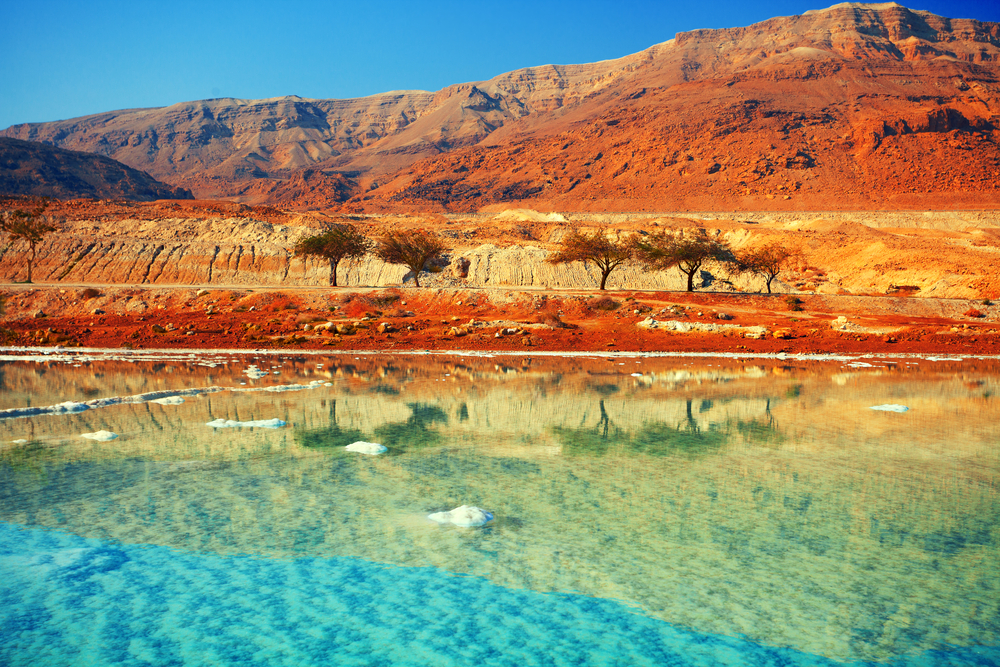
Dead Sea, Bordering Jordan, Israel and Palestine
The Dead Sea is not actually a sea but a salt lake. The water is 9.6 times saltier than the ocean. Because of this it is also known as the ‘Sea of Death’ because the high salinity of the water makes it impossible for life to form, with the exception of a few bacteria and fungi. The high concentration of salt also makes the water so buoyant that a person cannot swim underwater. It is the earth’s lowest location on land, at 423 metres below sea level.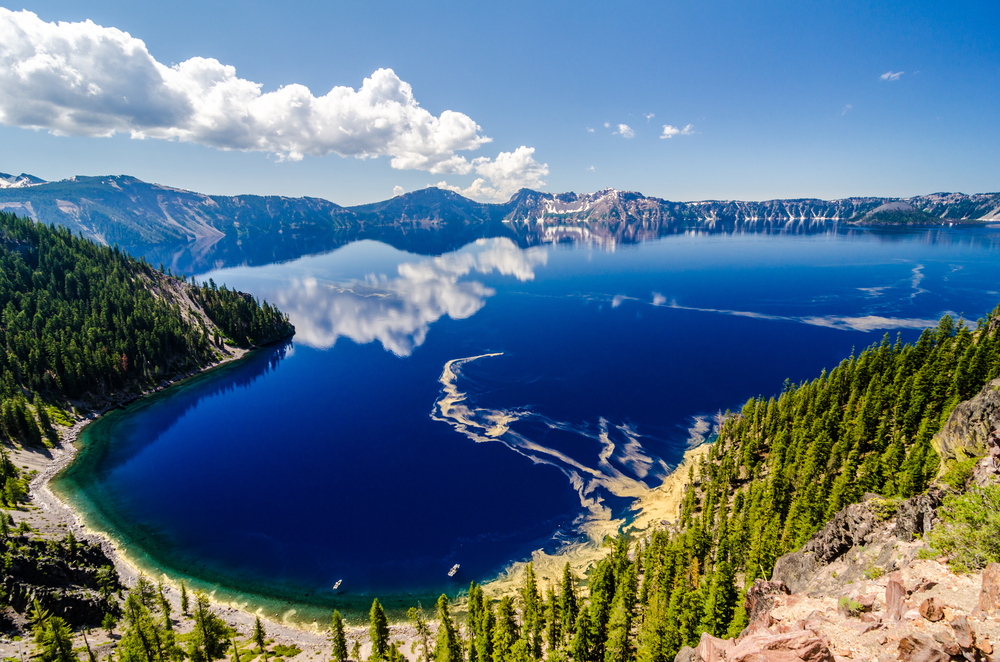
Crater Lake, Oregon
Crater Lake is a caldera lake, formed during the collapse of Mount Mazama around 7,700 years ago. It is the deepest lake in the United States, at 592 metres. No rivers or any other bodies of water is connected to the lake—because of this the water in it is considered to be one of the purest due to the absence of pollutants. The water is extremely clear and has visibility of up to 43.3 metres. Evaporation is compensated for by rain and snowfall, meaning that the total amount of water in the lake is replaced every 250 years.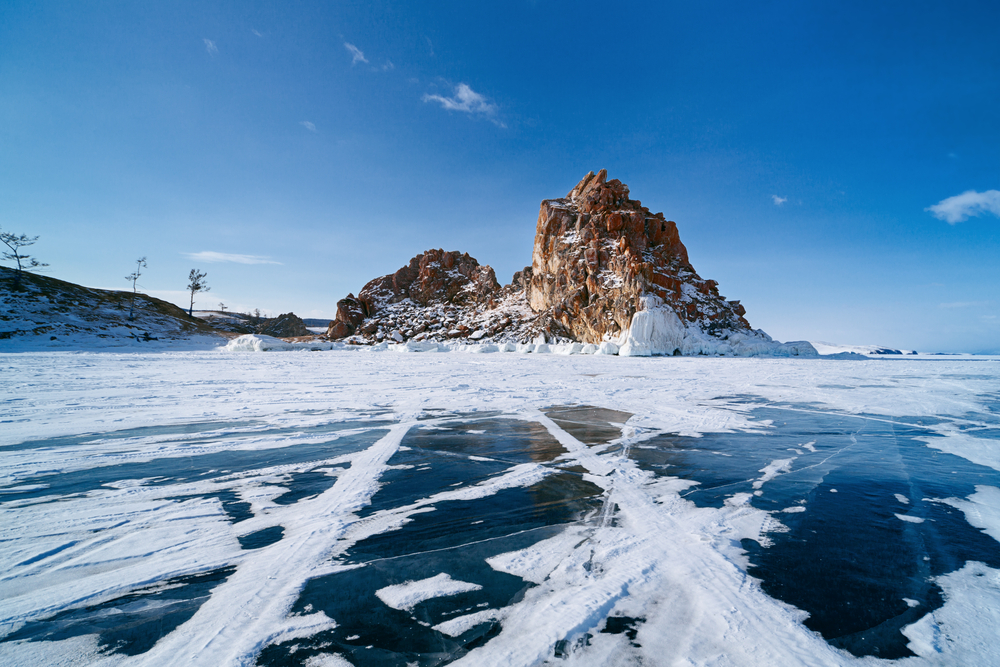
Lake Baikal, Siberia
Lake Baikal is a rift lake, formed by the continental crust being pulled apart. It is the deepest lake in the world, at 1,642 metres deep. It is also the oldest—scientists have studied core sediments and discovered they contain climate records dating as far back as 250,000 years. It is estimated to be between 25 and 30 million years old. It is also rich in biodiversity, with more than 1,000 species of plants thriving in the lake.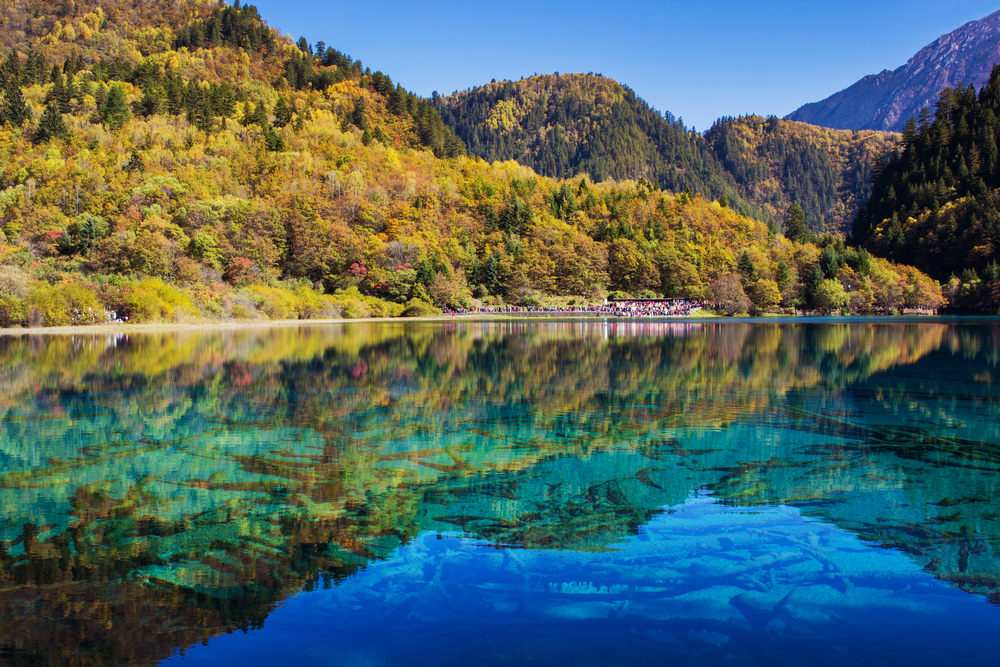
Five Flower Lake, China
One of the world’s most beautiful lakes, Five Flower Lake is located in Jiuzhaigou National Park, lying at the end of Peacock River. It is 2,472 metres above sea level but only five metres deep. This shallow lake reflects multiple colours including red, yellow, green and blue, and the bottom is littered with ancient tree trunks which are visible through the clear turquoise water. No wonder it is visited by thousands of tourists every day.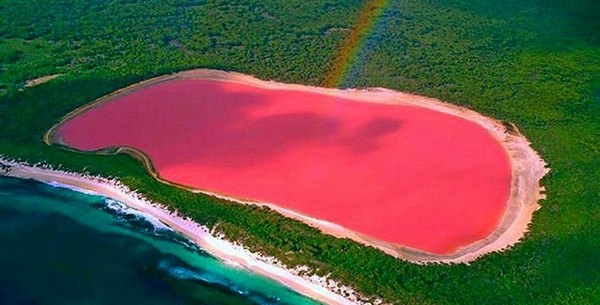
Lake Hillier, Australia
Lake Hillier in Western Australia is renowned for its pink colour. Scientists studying water samples are not entirely sure why the water is pink, but it is thought to be because of the presence of the organism Dunaliella salina. The water contains high level of salt, and salt mining once took place in the early 20th Century. Now it is just used for tourism purposes, as even though the lake is only 600 metres in size, its bright pink colour can be clearly seen from an overhead plane.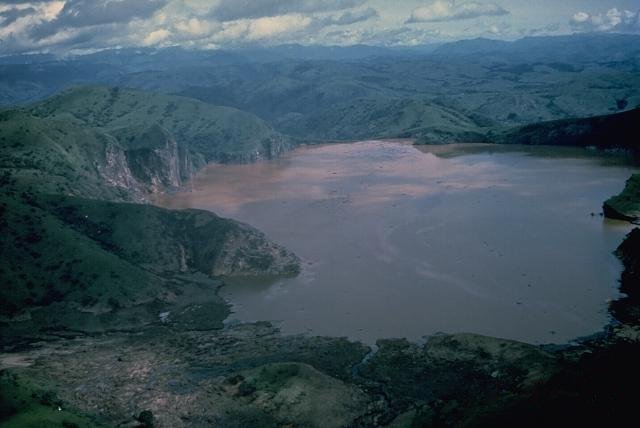
Lake Nygos, Cameroon
One of the world’s few exploding lakes, Lake Nygos sits above a pocket of magma which fills the lake with carbon dioxide and transforms its water into carbonic acid. As recently as 1986, the lake spewed a massive plume of carbon dioxide which suffocated 1,700 people and 3,500 livestock in the surrounding area. This was the first known large-scale asphyxiation from a natural event ever recorded. The lake bed is weak and vulnerable to cracking, which means there is a chance of a similar disaster taking place in the future.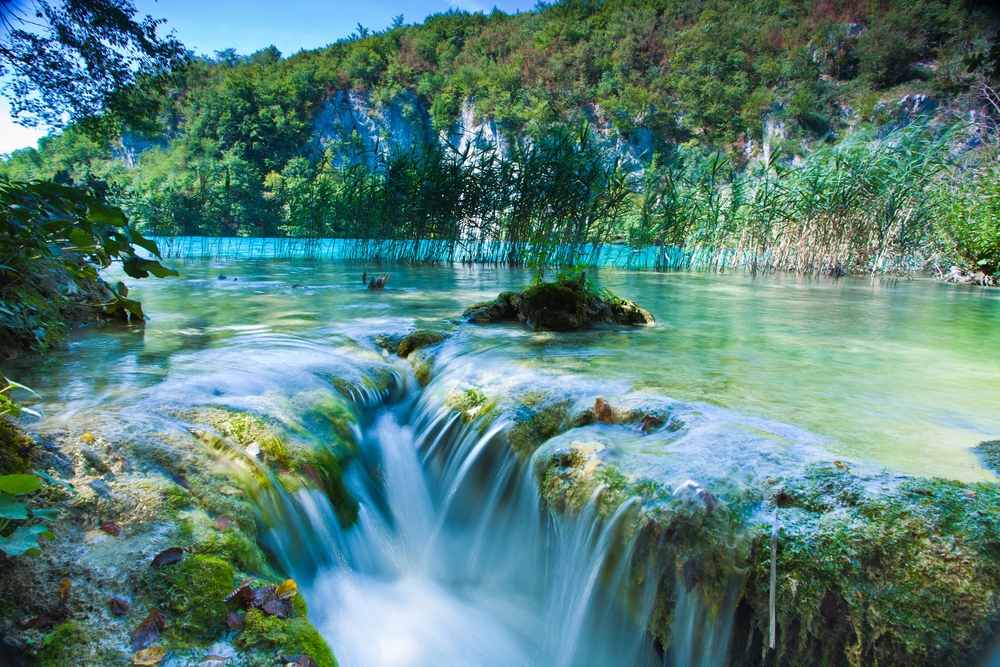
Plitvice Lake, Croatia
Plitvice Lake is part of a network of 16 lakes that are all interconnected through a series of waterfalls and caves. Each lake is separated by a thin natural dam of an unusual form of limestone called tavertine which is deposited slowly over time from the action of moss, algae and bacteria. The lake became a UNESCO World Heritage site in 1979 because of its beauty—spectacular displays of colours can be seen at different times of day, in different seasons and even at different angles. Over 1.2 million tourists visit the lake every year.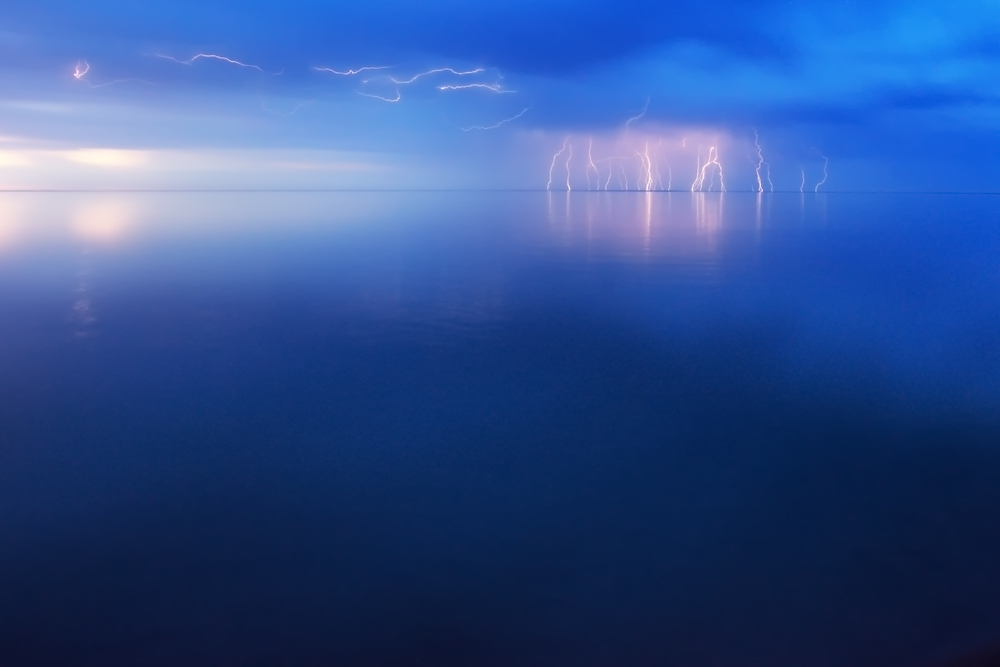
Lake Balkhash, Kazakhstan
One of the largest lakes in Asia, Lake Balkhash is unusual because the western half of the lake contains freshwater, while the eastern half contains saltwater. The two halves are maintained by a narrow strait that is 3.5km wide and six metres deep. The eastern saltwater half is around 1.7 times deeper than the western half. There is some concern that the lake is becoming shallower and could dry up, due to desertification and the diversion of water that feeds the lake for industrial activity such as mining and ore processing.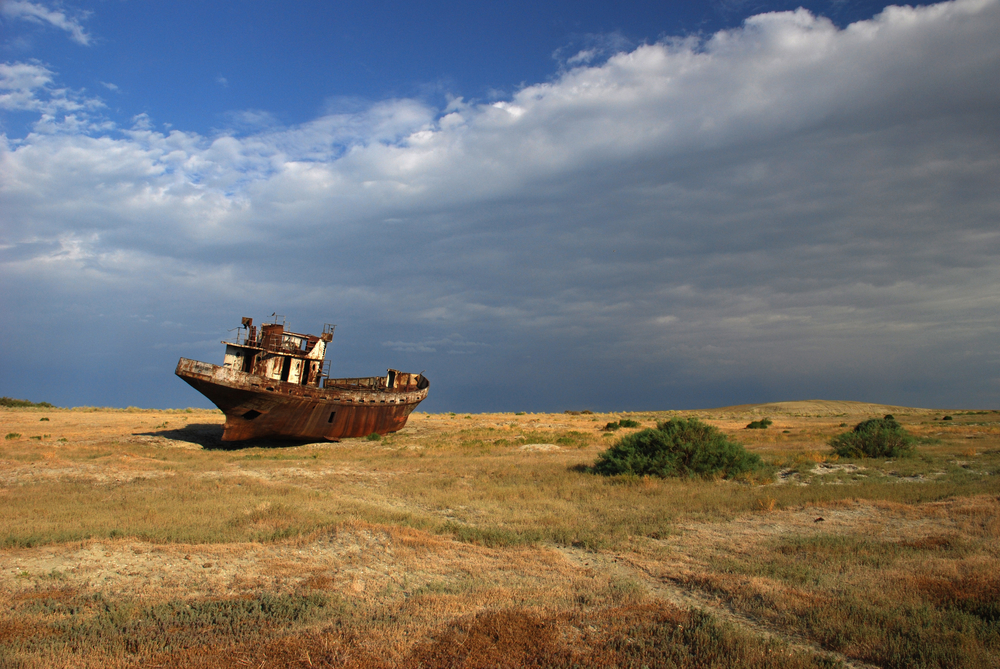
Aral Sea, between Kazakhstan and Uzbekistan
The name roughly translates as ‘Sea of Islands’ referring to over 1,100 islands that once dotted its waters. However it is now known at ‘one of the planet’s worst environmental disasters.’ Formerly one of the world’s largest lakes, it has been steadily shrinking since the 1960s, when the rivers that fed it were diverted by Soviet irrigation projects. By 2007 it had declined to 10% of its former size. Satellite images taken by NASA in 2014 revealed that for the first time in modern history, the eastern basin of the Aral Sea has completely dried up.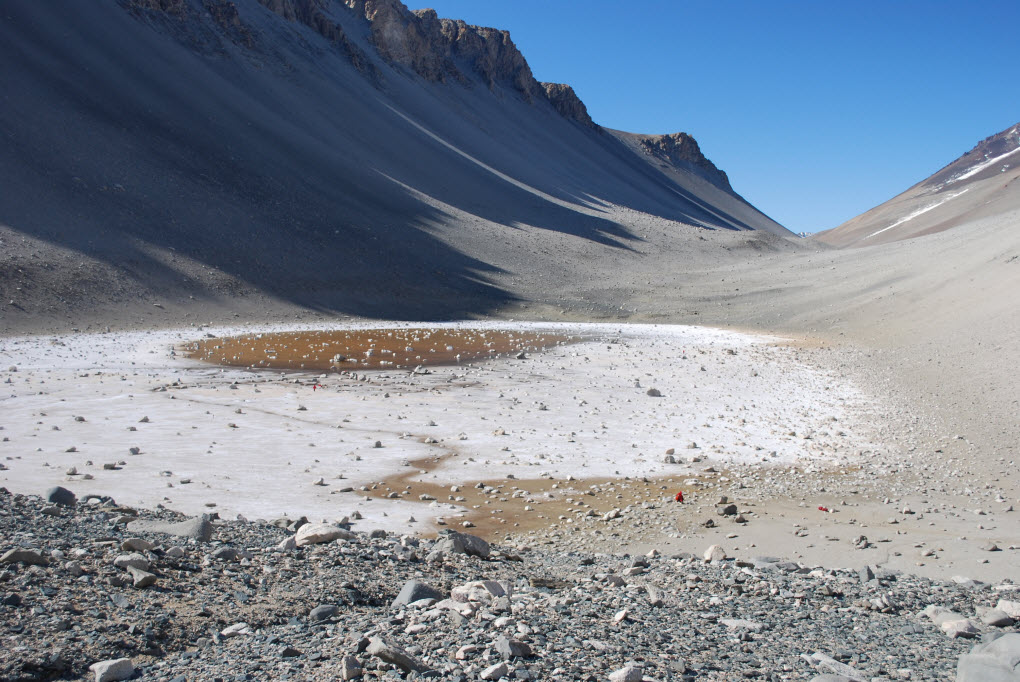
Don Juan Pond, Antarctica
Don Juan Pond, named after its discoverers who found it in 1961, is small and shallow, and is the saltiest body of water on the planet. Its salinity level is over 40%, so high that even though it is located in the frigid South Pole, it never freezes over. It is over 18 times the ocean’s salinity and 1.3 times saltier than the Dead Sea. Scientists believe that Don Juan Pond is the best place to simulate conditions where life on Mars might exist, due to the extreme conditions of intense cold, aridity, hypersalinity and high ultraviolet radiation.10 of the most fascinating lakes on Earth
By Alex Taylor
